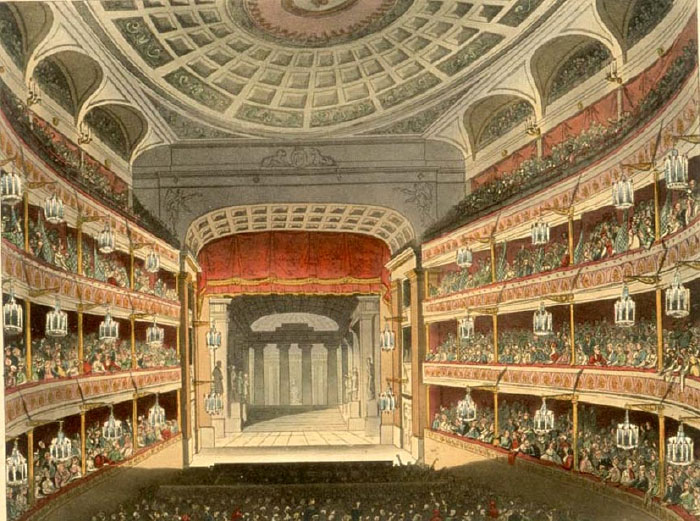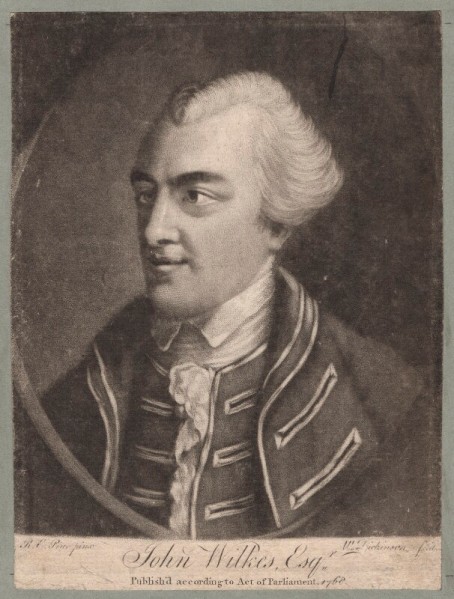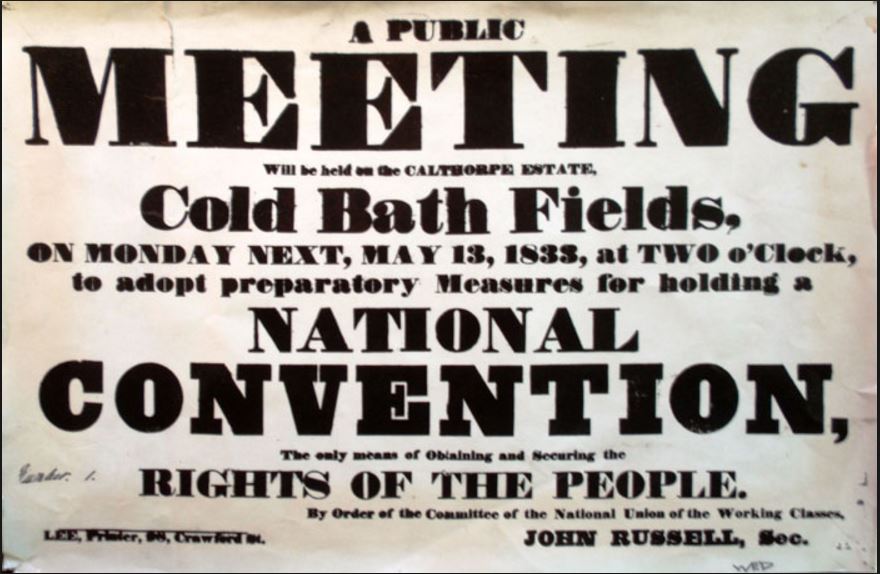
In the wake of the 9/11 attacks in New York in 2001, global geopolitics shifted dramatically. The US adopted an aggressive ‘with us or against us’ stance, and Muslims replaced Communists as the biggest threat to Western civilization. The US government identified several countries to bear the brunt of this aggression, whether they deserved it or not; they were described as the ‘Axis of Evil.’ Iran, Iraq and North Korea were the most common targets, although other countries were also identified. The US accused Iraq’s leader, Saddam Hussein, of possessing weapons of mass destruction and having links to Al Qaeda, the terrorist group behind 9/11. At the beginning in 2003, despite opposition from the UN and countries such as Canada, France, Germany, and Russia, the US and its allies were preparing to invade Iraq. Millions of ordinary people also opposed the invasion, and the weekend of the 15th and 16th of March 2003 saw what was probably the biggest protest event in global history.
It is very difficult to estimate the number of people who take part in protest marches, but between 6 and 10 million people took to the streets in more that 600 cities in 60 countries around the world. The march in Rome made it into the Guinness Book of Records as the largest anti-war rally in history, with around 3 million people taking part. The London march was jointly organised by the Stop the War Coalition, the Campaign for Nuclear Disarmament and the Muslim Association of Britain, with support from another 450 demonstrations.
The plan was that 2 marches (known as feeder marches) would set off from different parts of London. Londoners and people from the south of England would gather on the Embankment, and people from the Midlands and the North would meet at Gower Street. The two marches would meet at Piccadilly Circus then march as one to Hyde Park for a rally. Tessa Jowell, the Secretary of State for Culture, Media, and Sport tried to ban the rally; blaming health and safety concerns and the need to protect the grass in Hyde Park. No one bought this argument however, and Jowell was forced to back down.
The weather in London on 15th March 2003 was cold and grey, but the number of people who turned up to take part exceeded all expectations. The feeder marches started earlier than scheduled because of the sheer number of people there, but many people were still delayed for a long time before they were able to set off. The speakers at the rally in Hyde Park included Harold Pinter, George Galloway and Tony Benn, but lots of people didn’t arrive until after the rally had finished, and many didn’t make it as far as Hyde Park at all.
Despite the significant delays, the atmosphere was good and the day was peaceful. Many of those who took part were not hardened activists, they were ‘normal’ people who were moved to protest by what they saw as a gross injustice. For thousands, it was their first protest march. This made the sense of betrayal and disillusionment even worse when it changed nothing, and the Labour government led by Tony Blair sent British troops into Iraq. Others argued that one protest march was never going to change anything, and that marches have to be used in conjunction with other tactics of resistance to achieve concrete change.
Troops from the US, UK, Australia and Poland invaded Iraq on 20 March 2003. Although Saddam Hussein was overthrown relatively quickly it was a long, drawn-out conflict in which hundreds of thousands of people were killed and millions lost their homes. The US didn’t withdraw the last of its troops until 2011, and Iraq is still dealing with the legacies of the conflict. To make matters worse, it was later revealed that Iraq never had weapons of mass destruction, and many people feel that the war was illegal and politicians such as George Bush and Tony Blair should be charged with war crimes.
The global protests on 15th and 16th of March 2003 may not have had the desired effect of preventing the invasion of Iraq, but they certainly demonstrated the strength of global opposition to the war and the increasing ability of social movements to coordinate internationally. The London protest was probably the biggest political demonstration the UK has ever seen, and it was a clear statement that not everyone accepted the black-and-white geopolitics of the War on Terror.
Sources and Further Reading
IWM. “5 Photographs from the Day the World said No to War.” Last modified 15 June 2018, accessed 31 January 2020. Available at https://www.iwm.org.uk/history/5-photographs-from-the-day-the-world-said-no-to-war
Jeffery, S. “UK’s ‘Biggest Peace Rally.'” The Guardian. Last modified 15th February 2003, accessed 31st January 2020. Available at https://www.theguardian.com/uk/2003/feb/15/politics.politicalnews
Murray, A. and Lindsey German. Stop the War: The Story of Britain’s Biggest Mass Movement. London: Bookmarks, 2005.
We are Many. Film directed by Amir Amirani (2014).
Wikipedia. “15 February 2003 Anti-way Protests. Last modified 30th January 2020, accessed 31st January 2020. Available at https://en.wikipedia.org/wiki/15_February_2003_anti-war_protests











